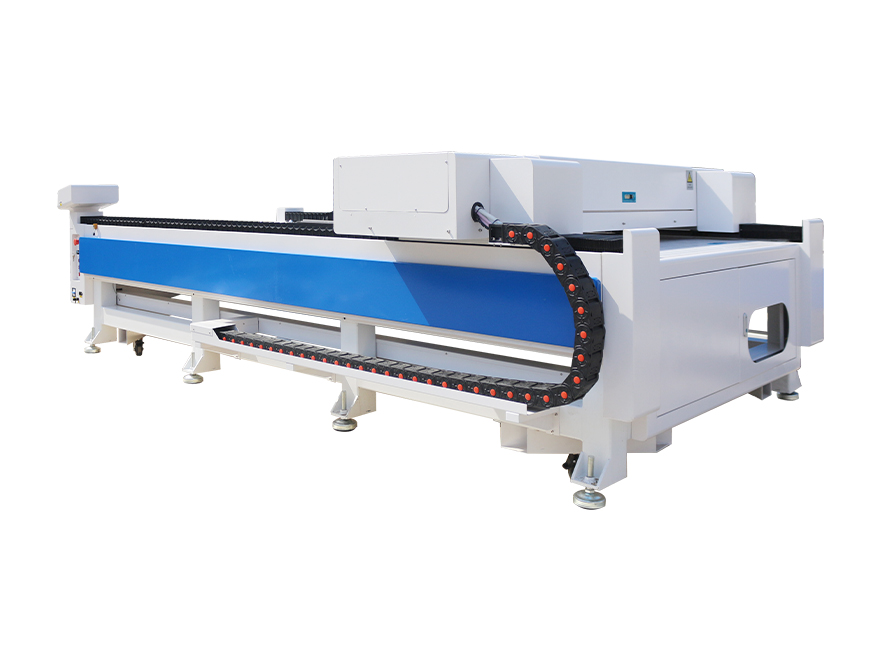What is the Definition of a Laser Engraver?
Introduction
Laser engraving is a highly efficient and precise method of engraving or etching designs and patterns onto various
materials. Utilizing laser technology, laser engravers enable the creation of intricate and detailed designs with
ease. This article aims to provide a comprehensive definition of a laser engraver, explore its various applications,
and highlight its advantages and disadvantages.
What is a Laser Engraver?
A laser engraver, also known as a laser engraving machine, is a tool that uses a high-powered laser beam to remove
material from the surface of an object, creating a permanent etching or engraving. The laser beam interacts with the
material, altering its appearance by melting, vaporizing, or burning the surface layer.
Laser engravers can be used on a wide range of materials, including wood, acrylic, glass, metal, leather, and
plastic. They are commonly used in industries such as manufacturing, jewelry-making, signage production, and
personalized gift creation.
The Process of Laser Engraving
Laser engraving involves several key steps to achieve the desired outcome. These steps typically include:
- Designing the artwork: The first step in laser engraving is creating or selecting the design or pattern to be
engraved. This can be done using specialized software or by importing existing designs. - Preparing the material: The material to be engraved needs to be properly positioned and secured within the
laser engraver. It is important to ensure the surface is clean and free from any debris or dust particles that may
interfere with the engraving process. - Setting the laser parameters: The laser parameters, including power, speed, and focal distance, need to be
adjusted based on the material being engraved. Different materials require different settings to achieve optimal
results. - Running the engraving process: Once the design and laser parameters are set, the engraving process can be
initiated. The laser beam follows the specified path, removing material from the surface to create the desired
design or pattern. - Cleaning and finishing: After the engraving process is complete, the engraved object may need to be cleaned and
finished. This could involve removing any residue or debris from the surface and applying a protective coating to
enhance the appearance and durability of the engraving.
Advantages and Disadvantages of Laser Engraving
Laser engraving offers numerous advantages compared to traditional engraving methods. Some of the key advantages
include:
- High precision: Laser engravers can create incredibly fine details and intricate designs with exceptional
accuracy. - Versatility: Laser engraving can be used on a wide range of materials, making it a versatile technology for
various applications. - Speed: Laser engravers can complete engraving tasks much faster than manual or mechanical methods.
- No contact: Unlike some engraving methods, laser engraving is a non-contact process, minimizing the risk of
damage to fragile materials.
However, laser engraving also has some potential disadvantages:
- Cost: Laser engraving machines can be expensive, especially high-end models with advanced features.
- Material limitations: While laser engravers can work on various materials, some highly reflective or
heat-sensitive materials may not be suitable for laser engraving. - Professional training: Operating a laser engraver requires technical knowledge and expertise, which may require
additional training.
Frequently Asked Questions (FAQs)
Q: What materials can be engraved using a laser engraver?
A: Laser engravers can engrave a wide range of materials, including wood, acrylic, glass, metal,
leather, and plastic. However, highly reflective or heat-sensitive materials may not be suitable for laser
engraving.
Q: Is laser engraving a permanent process?
A: Yes, laser engraving is a permanent process. The laser beam removes material from the surface,
creating a permanent etching or engraving that is resistant to fading or wearing off over time.
Q: Can laser engraving be used for personalization?
A: Absolutely! Laser engraving is widely used for personalization, whether it is engraving names,
initials, or custom designs onto various items such as jewelry, trophies, or gifts. It offers a precise and
long-lasting way to add a personalized touch to any object.





